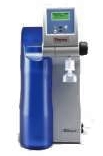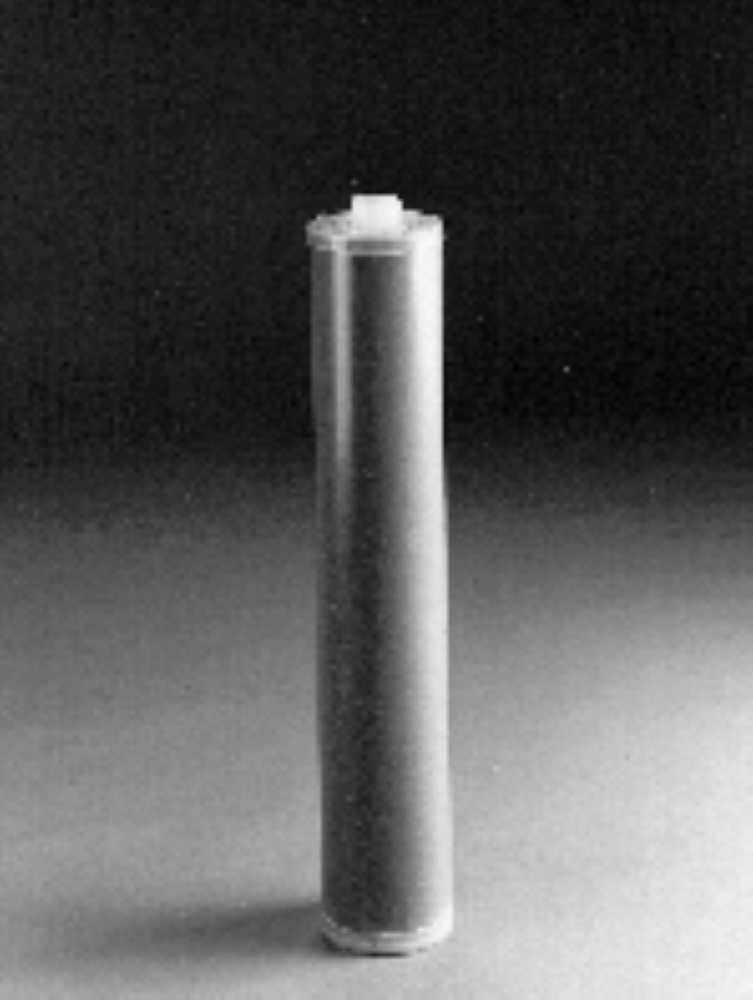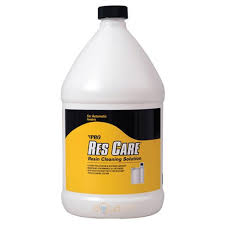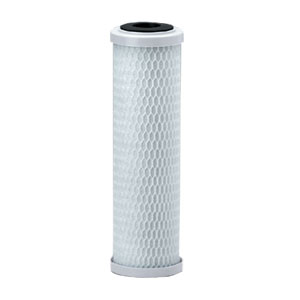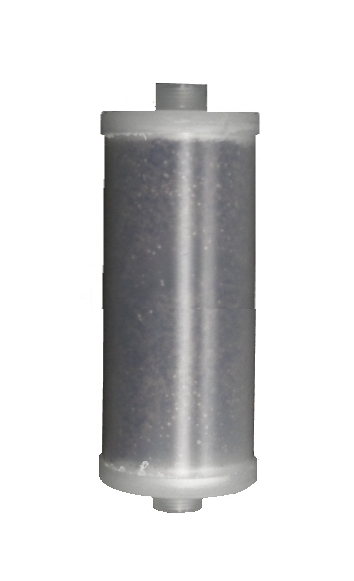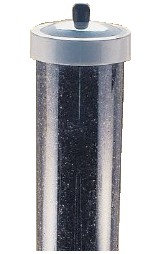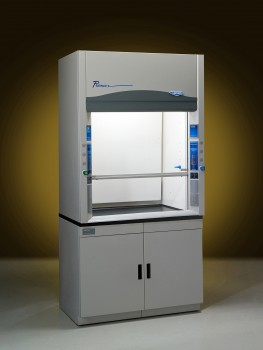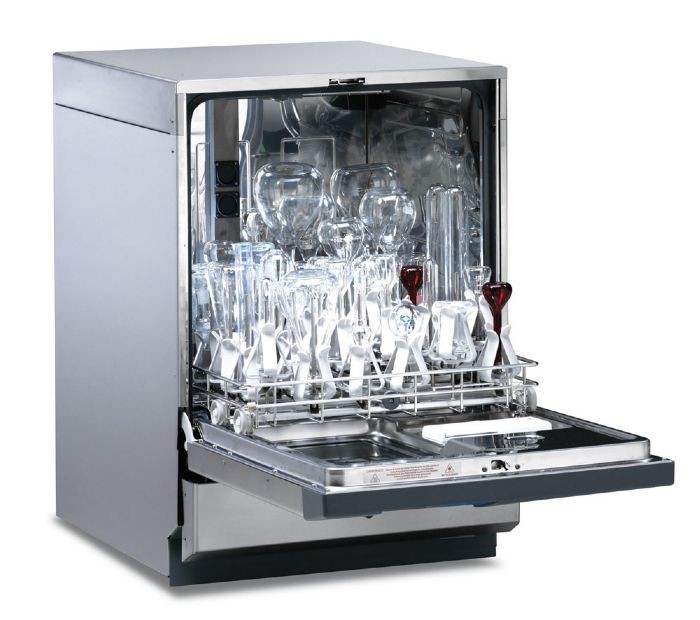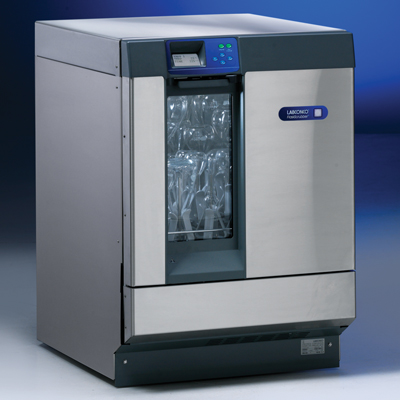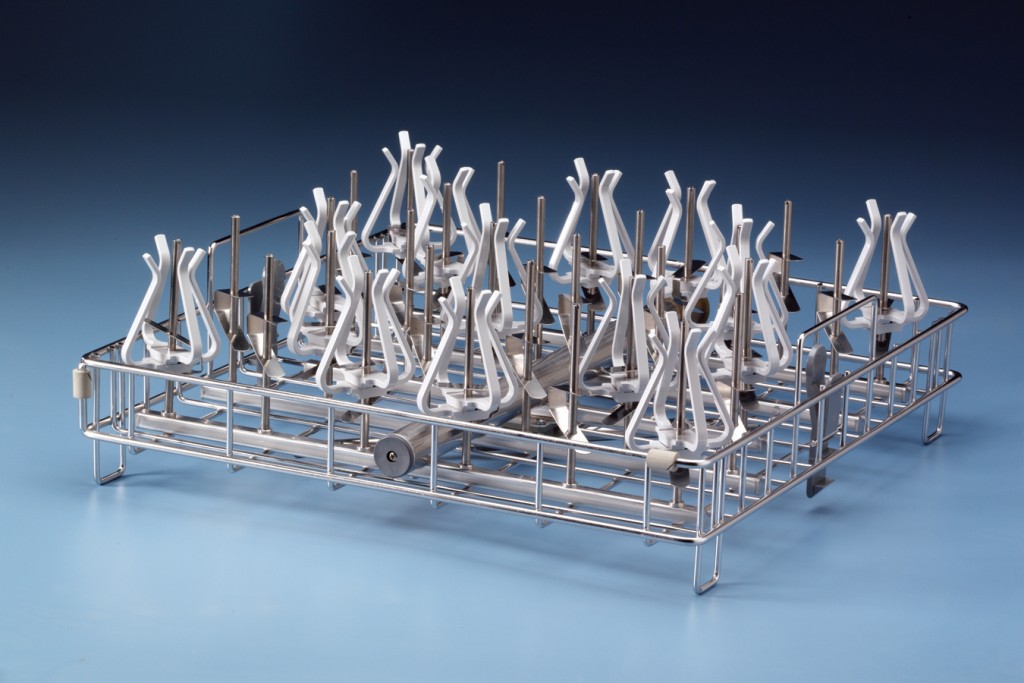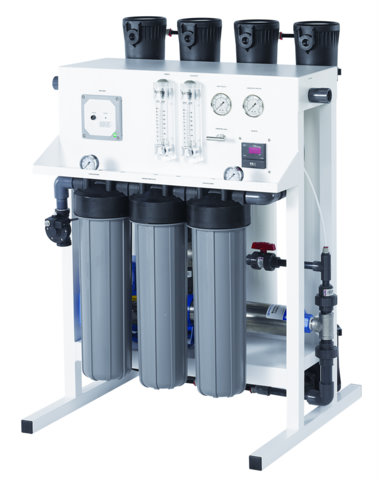|
Celebrating 33 years providing high quality products and advice.
|
| Our Local Time Is 3:55:57 PM. |
| Call us at 818-786-0600. We are here to help! |
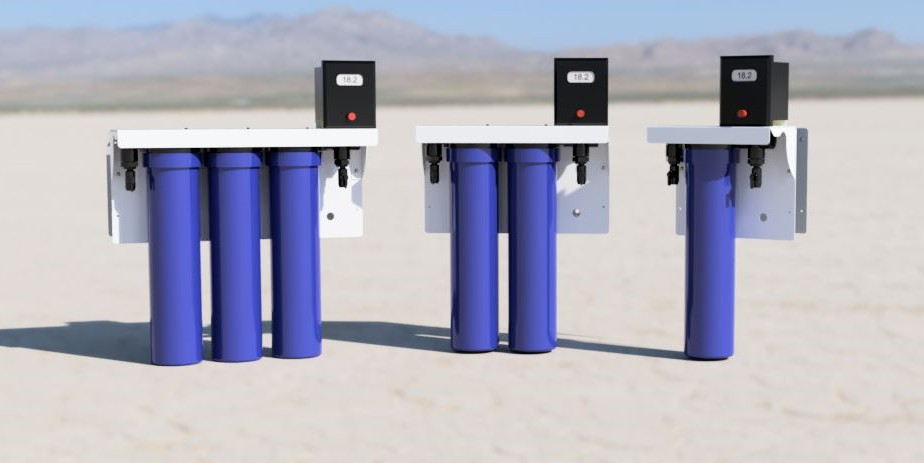 |
ON SALE NOW
Introducing the Polaris Lab Water Systems
High Purity Water Made In The USA.
Click here for more info. |
Activity How the water from storm drains can impact the water quality
This activity is designed to demonstrate to students what an average storm drain collects during a rainfall event and how the water from storm drains can impact the water quality and aquatic environments of local streams, rivers, and bays.
MATERIALS NEEDED:
The Waterway
Aquarium
Rectangular Water Box
Watering Can
Spray Bottle
The Pollutants
Green Food Coloring (pesticides/fertilizer)
Vegetable Oil (motor oil)
Soil/Sand/Pebbles (erosion)
Grass Clippings (or Shredded Paper) and Twigs
Cafeteria Waste and Trash
PREPARATION:
Fill the aquarium half-way with water and place it on an accessible area where it can be easily viewed by the students. Cut a hole in the bottom of the box and place the box on top of the aquarium. The box represents the storm drain and the aquarium represents the waterway that the storm water mixes into after entering the storm drain. Leave the sides of the aquarium uncovered so that the students can view its contents.
PROCEDURE:
Introduce this activity with a discussion of storm drains and storm drain systems and their purposes. Discuss where the water and objects that float down into a storm drain go. Have students list all of the things that they can think of that might enter a storm drain during a rain storm.
Assign a group of students to each pollutant. Discuss each pollutant, including its use or origin and how it could enter the storm drain.
Have each group of students place their pollutant into the storm drain. Use the watering can to create rain to wash the pollutant into the waterway. While washing each pollutant into the waterway, review the pollutant and its use or origin. Discuss the following questions: How does the pollutant damage the environment? Do the people who are responsible for the pollutant want to damage the environment? Why did they do what they did? How can this type of pollution be stopped?
After adding all of the pollutants, examine the contents of the waterway. Discuss how the waterway has changed and how viewing this change makes the students feel.
FOLLOW-UP QUESTIONS:
What types of the pollution are natural?
What types of pollution are added by people living in the local communities?
How can we remove the pollution from the water?
What could be done to stop pollutants from entering storm drains?
VARIATIONS:
Have the groups of students responsible for the pollution think of ways to remove the pollution from the aquarium. Try some of the removal methods. Which pollutants were easy to remove? Which were difficult to remove?
http://www.epa.gov/safewater/kids/activity_grades_4-8_nonpoint_pollution.htm
|
Images are representative of the products. Images may or may not be of the actual product. If it is important e-mail us for an actual image if available.
* Flat Rate UPS shipping when able to ship via UPS and is in the USA excluding Hawaii and Alaska.
Larger Items may not be able to ship via UPS, in that case freight charges will be quoted seperately.
International shipping will be quoted after the order is placed. You will have the opportunity to cancel before we finalize your order.
Terms and conditions
Credit Application
Privacy
Policy
List All Products
|



